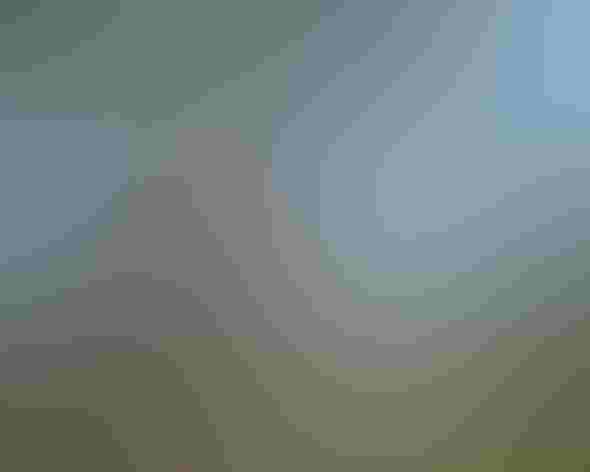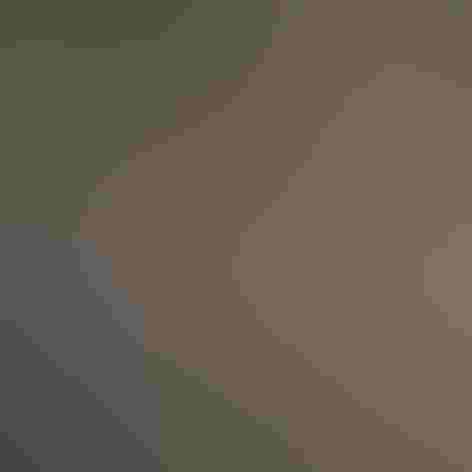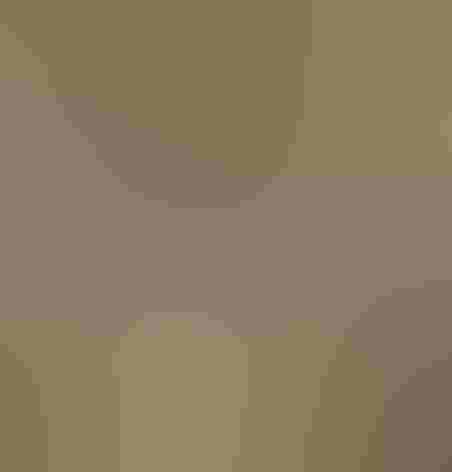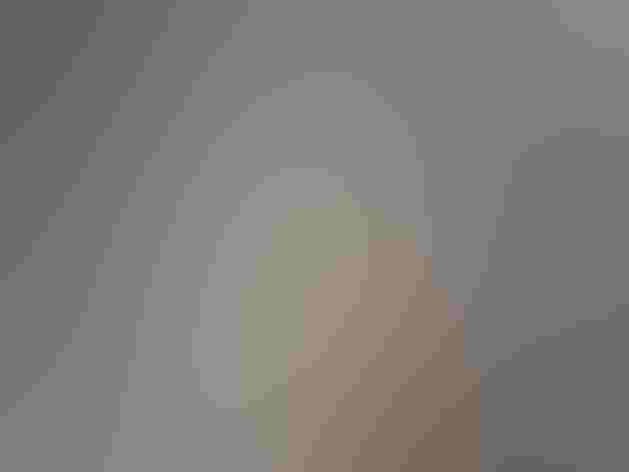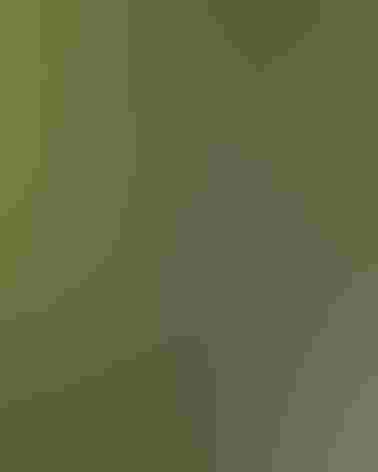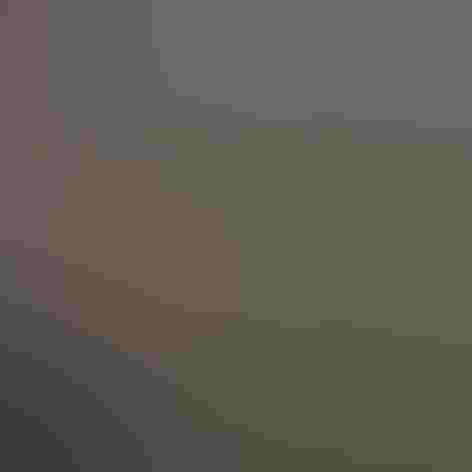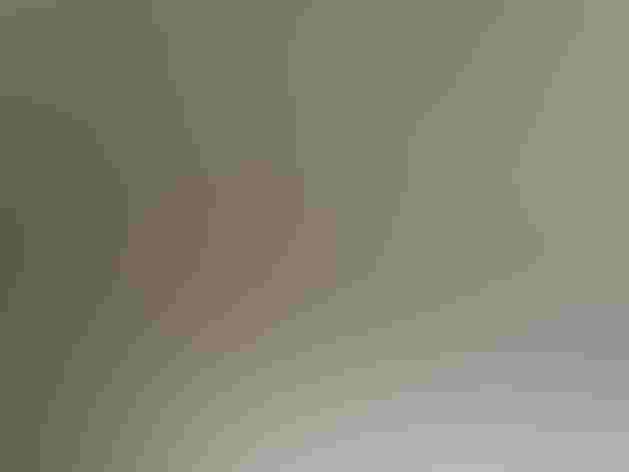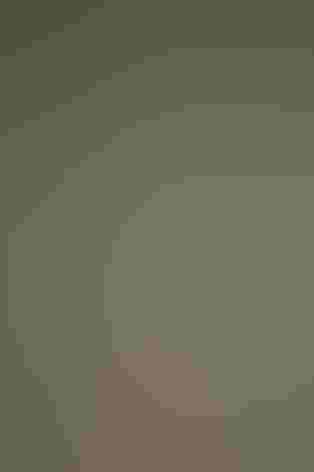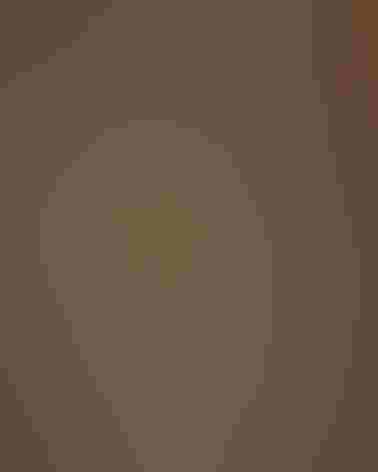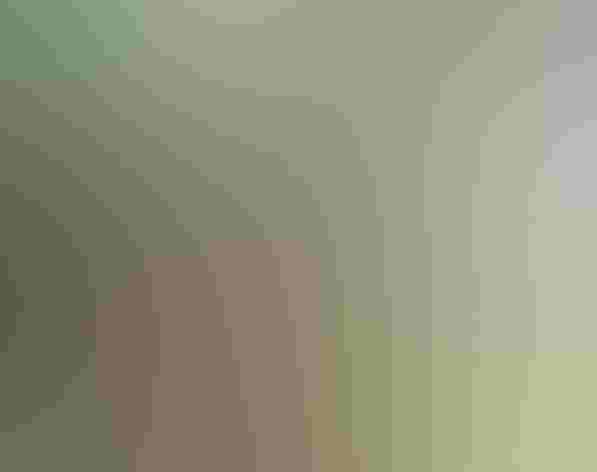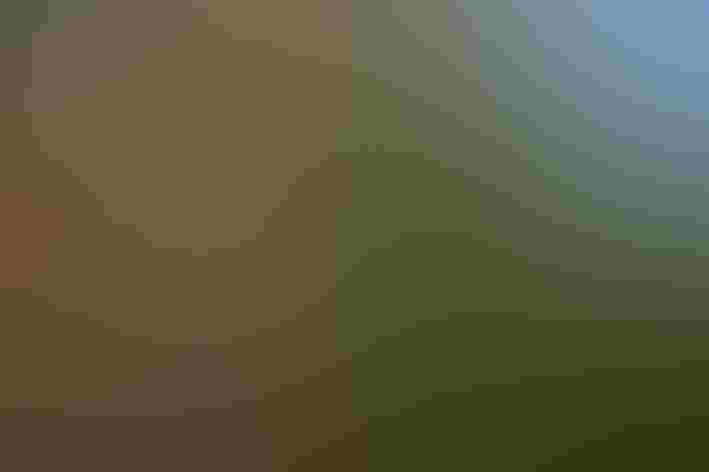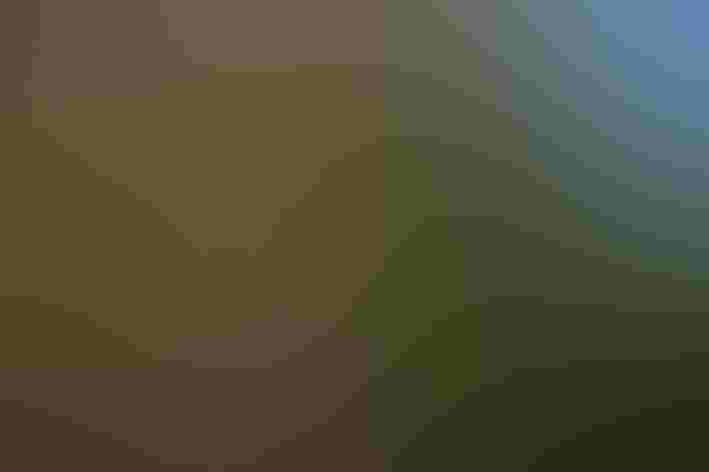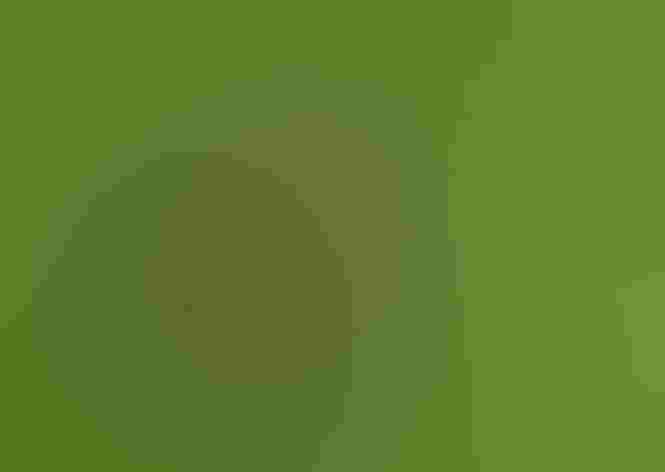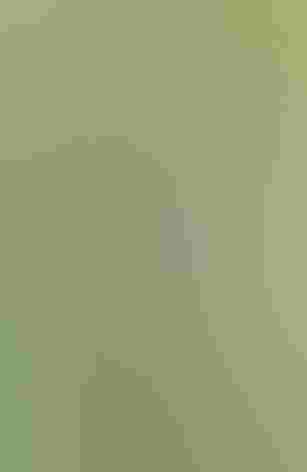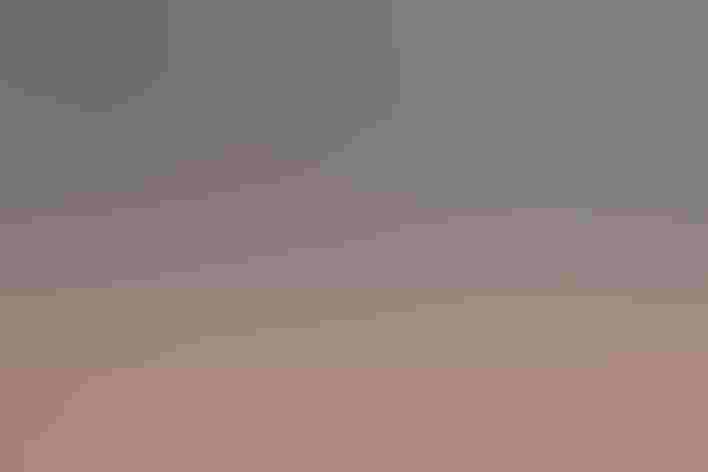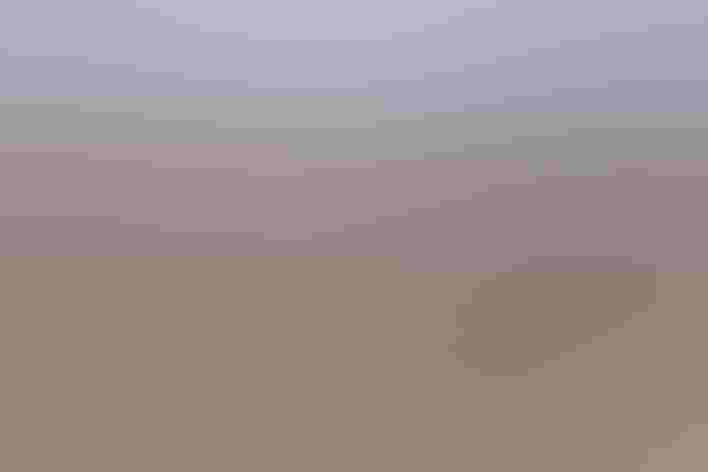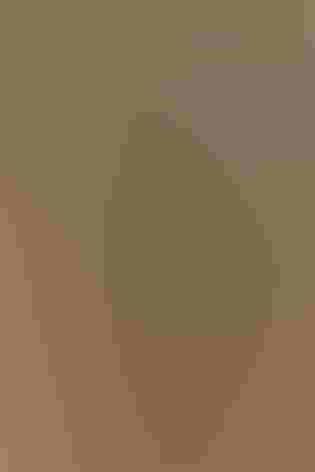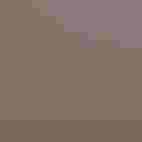Red-shouldered Hawk
At a Glance
A hawk of the woodlands, often heard before it is seen. The clear whistled calls of this hawk are conspicuous, especially in spring; in the east, Blue Jays often give a near-perfect imitation of this call. Over much of eastern North America the Red-shoulder has become uncommon, sticking closely to the remaining forests. Populations in Florida and California are often more visible, perhaps adapting better to open habitats.
All bird guide text and rangemaps adapted from by Kenn Kaufman© 1996, used by permission of Houghton Mifflin Harcourt Publishing Company. All rights reserved.
Category
Hawk-like Birds, Hawks and Eagles
IUCN Status
Least Concern
Habitat
Forests and Woodlands, Freshwater Wetlands, Shrublands, Savannas, and Thickets, Urban and Suburban Habitats
Region
California, Eastern Canada, Florida, Great Lakes, Mid Atlantic, New England, Northwest, Plains, Southeast, Southwest, Texas
Behavior
Direct Flight, Flap/Glide, Soaring
Population
1.900.000
Range & Identification
Migration & Range Maps
Mostly a permanent resident in west and south; northern birds migrate, but do not travel far. Some movement in winter as far south as central Mexico.
Description
16-24" (41-61 cm). W. 3'4 (1 m). Larger than Broad-wing, with longer wings and tail. Often flies with several quick flaps and a glide, suggesting the Accipiters. Adult striking: narrow black and white bands on flight feathers of wings and tail, reddish shoulders and chest. West coast birds redder, Florida ones paler, grayer-headed. Juveniles in east are browner, with narrower bars on tail. On all, note pale crescent near wingtip in flight.
Size
About the size of a Crow, About the size of a Mallard or Herring Gull
Color
Black, Brown, Gray, Red, White, Yellow
Wing Shape
Broad, Fingered
Tail Shape
Rounded, Square-tipped
Songs and Calls
Shrill scream, kee-yeeear, with a downward inflection.
Call Pattern
Falling, Simple
Call Type
Chatter, Scream
Habitat
Bottomland woods, wooded streamsides, swamps. In east, nests in deciduous and mixed forest, with tall trees and relatively open understory, often along rivers and swamps. May move into more open habitats in winter. In west, typically in riverside forest or in oak woodland, sometimes in eucalyptus groves. Florida birds may be in pine woods, mangroves.
Sign up for ³Ô¹ÏºÚÁÏ's newsletter to learn more about birds like the Red-shouldered Hawk
Behavior
Eggs
Usually 3-4, sometimes 2. Pale bluish-white, blotched with brown and lavender. Incubation is mostly by female, roughly 33 days. Male brings food to female at nest, and may take a turn sitting on eggs while female eats.
Young
Female remains with young most of time for first 1-3 weeks after they hatch; male brings food, female feeds it to nestlings. Young leave the nest at about 5-7 weeks after hatching, and are fed by parents for another 8-10 weeks.
Feeding Behavior
Usually hunts by watching from a perch, either within forest or in open, swooping down when it locates prey. Sometimes flies very low in open areas, taking creatures by surprise. May use hearing as well as sight to locate prey.
Diet
Includes small mammals, amphibians, reptiles, birds. Diet varies with region and season. Main items often mammals such as voles and chipmunks, at other times frogs and toads; may eat many crayfish in some areas. Also eats snakes, small birds, mice, large insects, occasionally fish, rarely carrion.
Nesting
In courtship, male displays by flying upward, calling, then diving steeply. Pairs may soar together in circles, calling, high over nesting territory. Nest site is usually in deciduous tree, sometimes in conifer, located in fork of main trunk or at base of branches against trunk, usually 35-65' above ground. Nest (built by both sexes) is platform of sticks and other material, lined with bark, moss, and sprigs of green vegetation. Nest may be reused for more than one season.
Conservation
Conservation Status
Far less numerous than historically in some areas, including upper midwest and parts of Atlantic Coast, but current populations thought to be stable in most regions.
Climate Threats Facing the Red-shouldered Hawk
Choose a temperature scenario below to see which threats will affect this species as warming increases. The same climate change-driven threats that put birds at risk will affect other wildlife and people, too.

